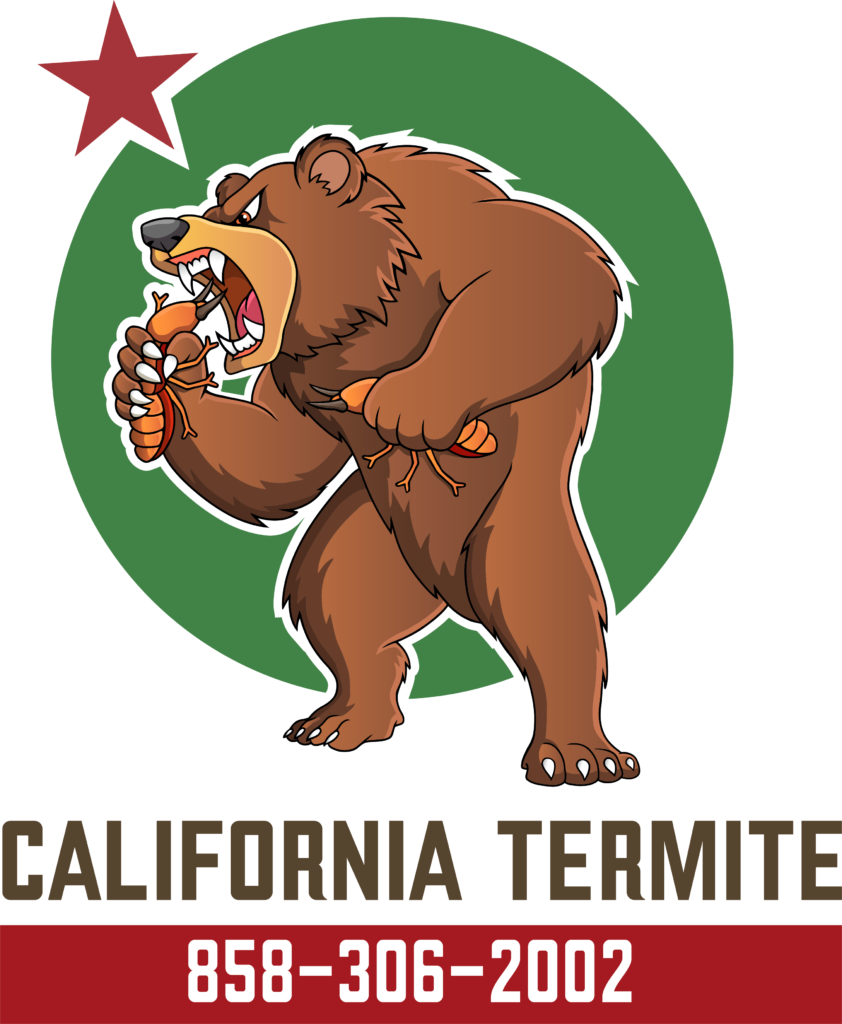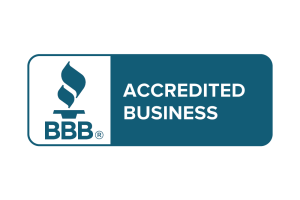Termite Treatment Methods
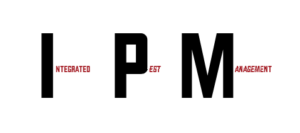 Integrated Pest Management (IPM)
Integrated Pest Management (IPM)
is an effective and environmentally sensitive approach to pest control that combines multiple strategies to manage pests sustainably. Rather than relying solely on chemical pesticides, IPM integrates biological, cultural, mechanical, and chemical controls to minimize risks to human health, beneficial organisms, and the environment.
Integrated Pest Management for Termite Control
Key Principles of IPM:
- Prevention: Focus on preventing pest problems by addressing the conditions that allow pests to thrive, such as food, water, and shelter. This includes practices like sealing entry points, maintaining cleanliness, and planting pest-resistant crops.
- Monitoring and Identification: Regularly inspect and monitor for pest activity to correctly identify the pests and assess their population levels. This ensures that control efforts are targeted and effective.
- Thresholds for Action: Establish acceptable pest levels (action thresholds) to determine when intervention is necessary. Not all pests require control; some may not cause significant harm.
- Control Methods:
- Biological: Use of natural predators, parasites, or pathogens to control pest populations (e.g., introducing ladybugs to manage aphids).
- Cultural: Altering the environment or practices to reduce pest attractiveness (e.g., rotating crops or removing standing water).
- Mechanical: Using physical barriers, traps, or manual removal to reduce pests (e.g., installing screens or handpicking pests).
- Chemical: Applying pesticides only as a last resort and choosing products that are specific to the pest, minimizing harm to non-target organisms.
- Evaluation and Adjustment: Continuously evaluate the effectiveness of the chosen methods and adjust strategies as needed.
IPM is widely used in agriculture, urban pest management, and other settings, promoting a balanced approach to pest control that reduces reliance on harmful chemicals while maintaining effective pest suppression.
 Local Treatment or Spot Treatment
Local Treatment or Spot Treatment
This method targets specific areas of termite infestation. It involves drilling into affected materials such as wood, walls, pavement, or flooring and injecting a liquid or foam termiticide directly into the infestation site.
Benefits
- No need to vacate: Homeowners can stay in their homes during the treatment.
- High effectiveness: The termiticide spreads to the termite nest, helping to eradicate the infestation.
- Long-term protection: The treatment remains effective for two to three years, as the substance lingers in the treated areas.
Drawbacks
- Access challenges: All infested areas must be located and accessible for the treatment to be fully effective.
- Visible drill marks: The holes made during the process may remain visible.
- Delayed impact: It may take time for the termiticide to reach and eliminate the entire termite colony.
 Borate Treatment
Borate Treatment
Borate treatment is a topical application for unpainted or unstained wood that serves as a preventative measure against all types of termites and fungi. The process can be completed in attics, garages with exposed wood, crawlspaces or entire structures in the framing stage of construction.
How It Works
- For Termites:
When termites ingest borates, the substance eliminates the protozoans in their gut that are essential for digesting wood. Without these microorganisms, termites are unable to process their food, leading to starvation or death from constipation. - For Fungi:
Borates interfere with the cellular processes of fungi, inhibiting the enzymes they require to metabolize and reproduce. This effectively halts fungal growth and prevents wood decay.
Longevity
The active ingredients in borates are mineral-based, meaning the treatment can remain effective for many years if the treated area is kept dry and protected from water exposure.
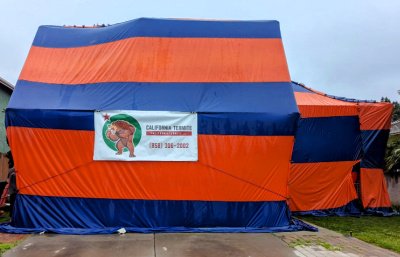 Fumigation
Fumigation
Commonly referred to as tenting, involves covering a structure with a gas-tight tarpaulin and introducing Vikane Gas (Sulfuryl Fluoride). This highly penetrating gas can permeate wall voids and porous materials like wood, ensuring a thorough treatment.
How Sulfuryl Fluoride Works
Sulfuryl Fluoride eliminates termites by releasing fluoride into their bodies, disrupting their metabolism. This interference hinders the breakdown of stored fats and carbohydrates needed for energy. Termites attempt to switch to processing proteins and amino acids, but their metabolic rate cannot compensate, leading to their demise.
Termite eggs are less vulnerable to the gas due to their protective shells. However, young nymphs depend on adult termites for survival, and eliminating the adult colony ultimately eradicates the next generation as well.
Why Fumigation?
The California Structural Pest Control Board recommends fumigation as the primary treatment method. While alternative solutions exist, fumigation is widely regarded as the most effective and comprehensive option for addressing severe infestations.
Termite Fumigation Related
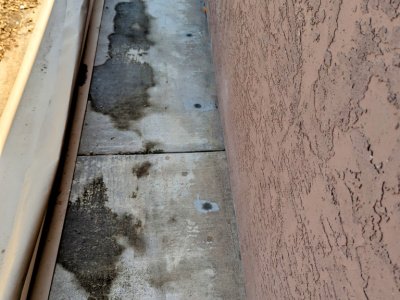 Soil Treatments
Soil Treatments
Subterranean termite soil treatments involve applying termiticides to the soil around and beneath a structure to create a protective barrier against termites. Here’s a breakdown of how these treatments work:
1. Barrier Creation
The termiticide forms a chemical barrier in the soil that either repels or kills termites. This prevents termites from tunneling through the soil to access the structure.
- Repellent Termiticides: These create a chemical zone that termites avoid. However, if the barrier is incomplete, termites may find gaps.
- Non-Repellent Termiticides: These are undetectable to termites. Termites unknowingly pass through the treated soil, coming into contact with the termiticide.
2. Mode of Action
When termites encounter non-repellent termiticides, they carry the chemical back to the colony, spreading it through contact with other termites. This results in:
- Contact Kill: The termiticide kills termites that come into direct contact with the treated soil.
- Transfer Effect: Termites groom and interact with each other, spreading the chemical to others in the colony. This process can lead to the elimination of the colony over time.
3. Application Process
- Trenching and Rodding: Trenches are dug around the foundation of the structure, and the termiticide is applied to the soil. In some cases, rods are used to inject the termiticide deeper into the soil.
- Drilling: For structures with concrete slabs, small holes are drilled to inject termiticide beneath the slab where termites may enter.
- Foundation Treatments: The treatment focuses on creating a continuous barrier around the structure, especially near known entry points.
4. Longevity and Maintenance
Soil treatments can last several years, but their effectiveness may diminish over time due to:
- Soil disturbances (e.g., landscaping or construction).
- Decomposition of the termiticide in the soil.
- Heavy rainfall or irrigation diluting the chemical.
Periodic inspections and reapplications may be necessary to maintain an effective barrier.
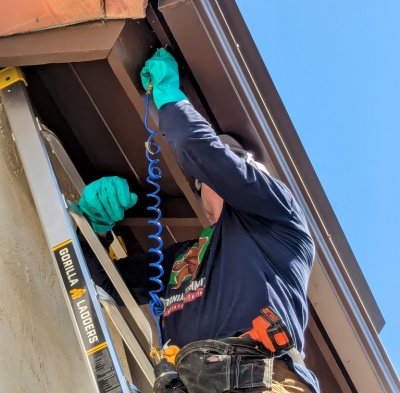 Re-treatments
Re-treatments
Most termite treatments come with a warranty, which includes follow-up inspections. If an inspector finds areas that need additional treatment, these are called re-treatments. This could involve re-treating a previously treated area or addressing new activity that wasn’t visible during the initial inspection.
During follow-up inspections, inspectors look for signs of past treatments, such as drill holes, caulk, masked termite droppings, termite damage, and chalk marks. They also check for new activity, like fresh termite droppings over previously treated areas. If new signs of termites are found, the inspector or a technician will apply the necessary treatment.
If only minor re-treatment is needed, the inspector may perform it on the spot—provided their company allows inspectors to carry the necessary treatment materials. However, in companies where inspectors don’t drive trucks equipped for treatment, they may need to schedule a technician. Additionally, if the affected area is on a second story, proper ladder support will be required.
Re-treatments can also be requested by homeowners if they discover termite activity between scheduled inspections. In such cases, the termite company will send an inspector to verify the issue and determine the best treatment approach.
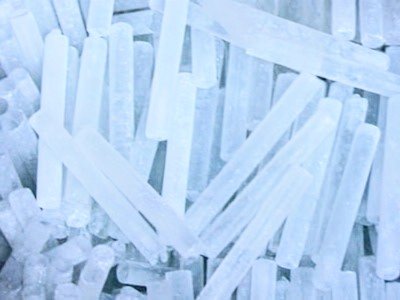 Borate Rods
Borate Rods
Borate rods are used to protect wood susceptible to fungus, which leads to wood rot, and termite infestations. They should be installed in moisture vulnerable wood members like rafters that extend past the eaves and flat wooden pergolas. Borate rods can be used both as a preventative measure and a remedial treatment.
The rods are inserted into pre-drilled holes in fungus-damaged or high-risk wood, which are then sealed with caulk. When the wood’s moisture level reaches 25% or higher, the rods begin to dissolve, releasing borate into the surrounding fibers. This process creates a protective barrier—killing fungus on contact and eliminating termites that ingest the treated wood.
Because borate is derived from boron, a naturally occurring mineral, it does not degrade over time, providing long-lasting protection against wood decay and termite damage.
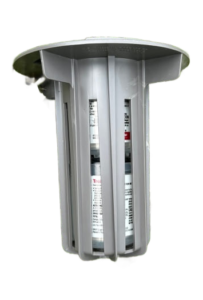 Subterranean Termite Bait Stations
Subterranean Termite Bait Stations
A method of controlling subterranean termites. These stations attract foraging termites with a cellulose-based bait. The cellulose is infused with a termiticide, which termites consume and carry back to their colony, effectively spreading the treatment.
Bait stations require regular monitoring and maintenance, leading many pest control companies to charge a recurring monthly fee for their upkeep.
The problem with bait stations is that a subterranean termite soil treatment provides better protection without the monthly expense.
 Orange Oil
Orange Oil
Orange oil is a localized termite treatment often marketed as a natural alternative to fumigation. Its active ingredient, D-limonene, is derived from orange peels and shares chemical similarities with turpentine. Orange oil kills termites on contact, but unlike traditional termiticides, it doesn’t use the “transfer effect”—the process by which termites spread the chemical to others in the colony.
This contact-only action is seen by some as a weakness. Termites can detect the smell and taste of orange oil, so if they survive the initial application, they often avoid the treated area. Additionally, orange oil offers little to no residual protection, as it typically dissipates within a month. It’s also worth noting that orange oil is flammable, which can be a safety concern in some applications.
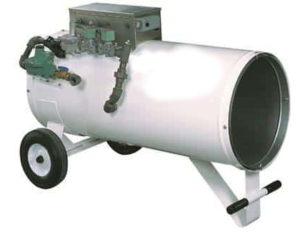 Enclosed Space Heat Treatment
Enclosed Space Heat Treatment
Enclosed space heat treatment is a targeted approach for eliminating drywood termites. Unlike whole-house heat treatments, this method focuses on specific areas with termite activity, particularly attics and crawl spaces. Heat treatments are commonly provided by companies specializing in alternative termite control methods, offering homeowners an effective, non-fumigation option for addressing drywood termites.
Why Choose This Treatment?
Attics often contain hidden wood due to insulation or their structural layout, such as where the roof meets the eaves. Visible infestations in multiple areas suggest the likelihood of additional hidden colonies. Enclosed space heat treatment addresses these unseen threats with a comprehensive approach.
How It Works
Drywood termites die when exposed to sustained core wood temperatures of 130°F for 30 minutes. The treatment involves the following steps:
- Temperature Monitoring: The technician drills into selected wood members and inserts temperature gauges. These are placed in areas farthest from the attic entrance to ensure even heating.
- Heating Equipment:
- Propane Heaters with Attached Fans: Large heaters, similar to those seen on football sidelines, are placed outside the home.
- Ductwork: Flexible ducts connect the heater to the attic entrance and are secured to framing around the access point.
- Heating Process: Achieving the target temperature can take hours, particularly during cooler weather. Technicians often start early and may perform additional localized treatments while monitoring the heating process.
Practical Considerations
- Heat Sensitivity: Homeowners may worry about heat-sensitive items, as areas directly below the attic can become noticeably warm.
- Efficiency: At least two technicians are typically required due to the equipment’s complexity (adding to its cost) and the need for coordinated setup and monitoring. The shortest possible duct path—sometimes through an upstairs window—is used to maximize efficiency.
Effectiveness
Some question the effectiveness of enclosed space heat treatments (they might feel this way because they don’t want to invest in all the equipment required to offer the service). However, firsthand experience demonstrates otherwise. When performed by a skilled, diligent technician, the results were consistently effective.
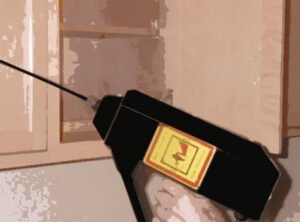 Electro-Gun (E-Gun)
Electro-Gun (E-Gun)
The Electro-Gun was invented by Allen Laws Sheffield in the 1980s. This innovative device delivers high-frequency, low-voltage electricity to sections of termite-infested wood. The concept leverages the fact that termites, being composed mostly of water, are conductive. The electricity dehydrates the termites and disrupts their internal fluids and cellular structure, ultimately killing them.
To offer the Electro-Gun as a treatment option, companies must pay the inventor’s company a monthly fee for exclusive usage rights.
While the Electro-Gun shows promise, its effectiveness relies heavily on proper application. This includes drilling holes along the infested wood and inserting metal rods to ensure the electricity penetrates deeply where termites reside. Unfortunately, these critical steps are often skipped, significantly reducing the tool’s efficacy in practice.

